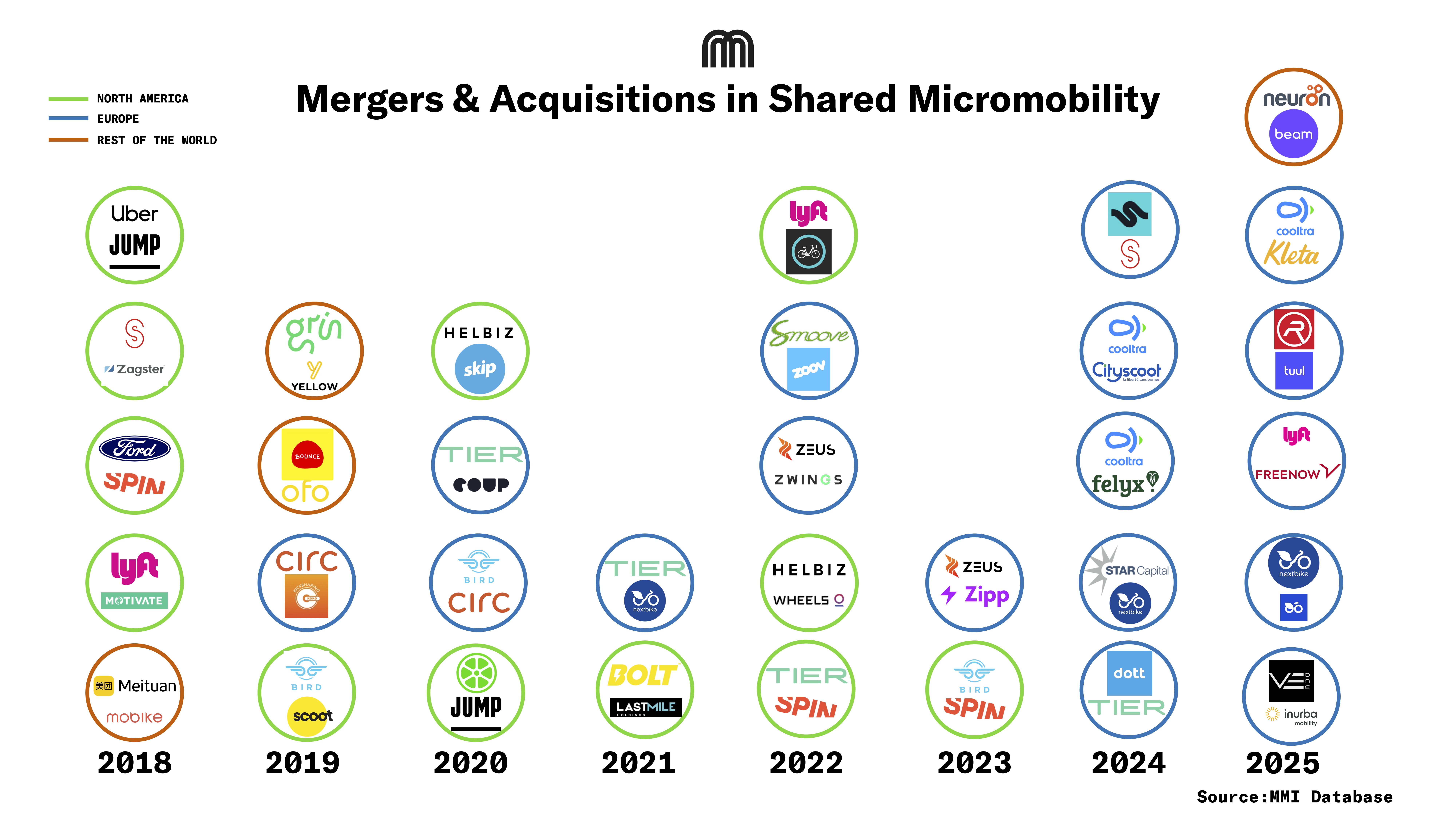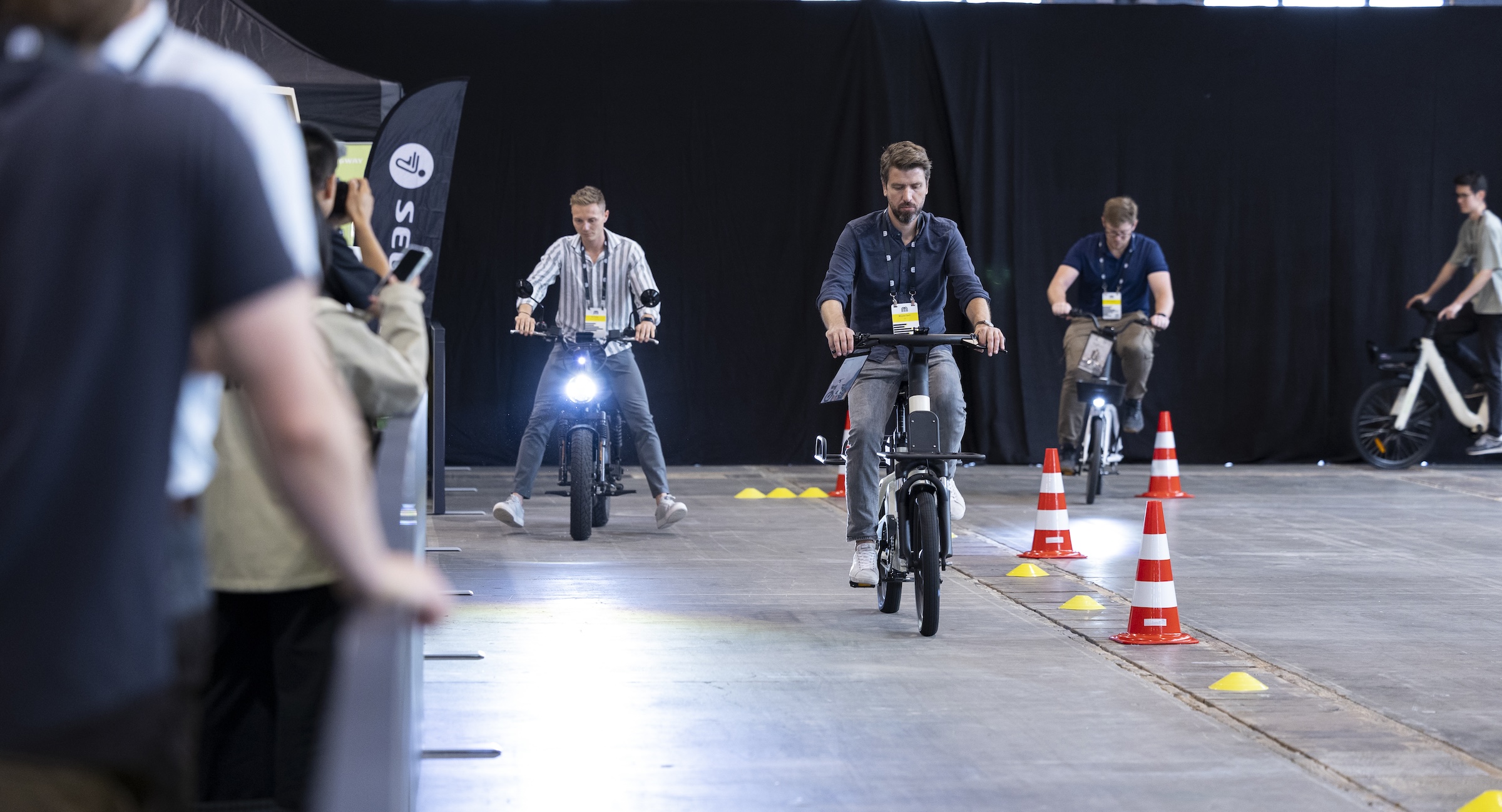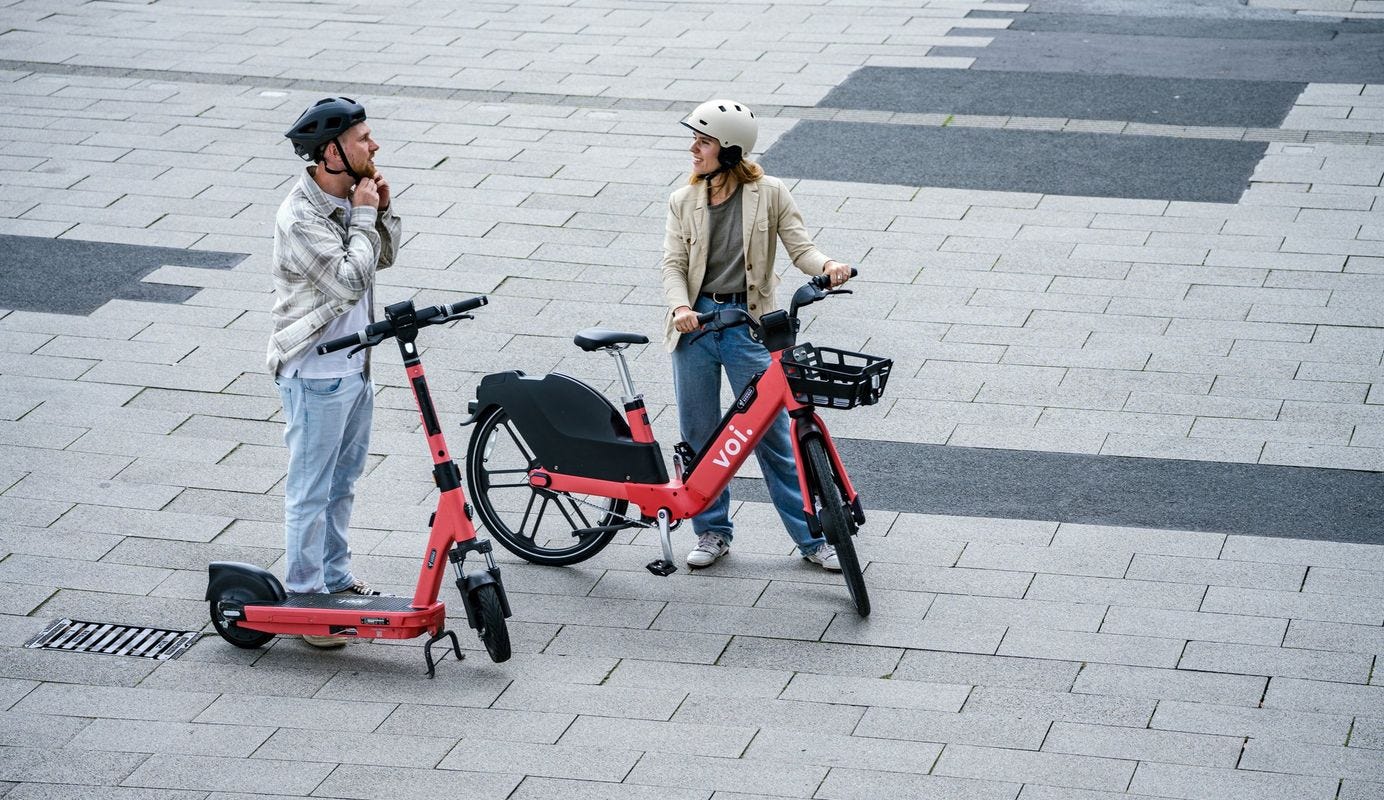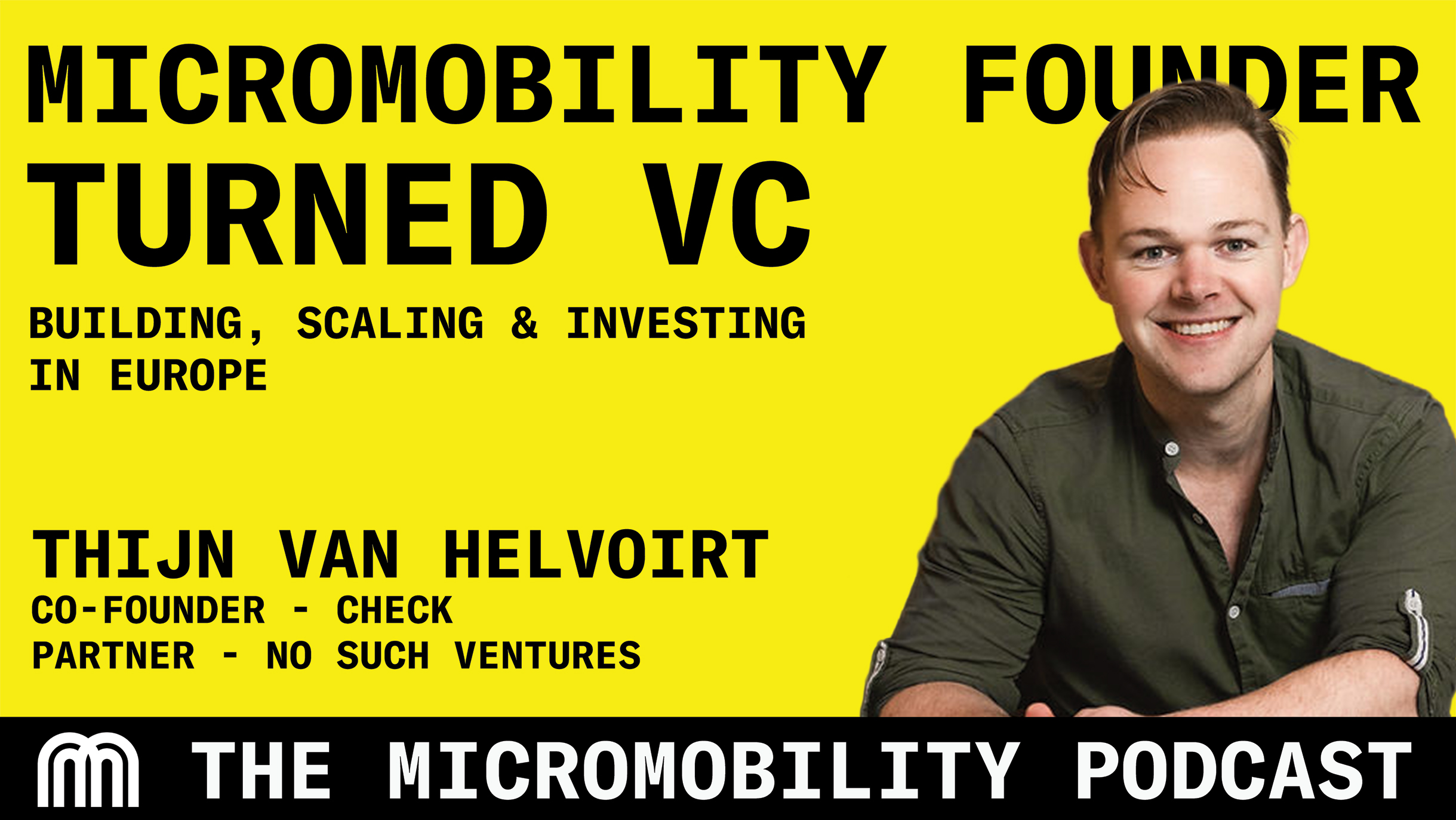Occasionally—though much less frequently than you might imagine—I get asked about the definition of micromobility. The infrequency of the question is a testament to the definition implicit within the word itself. `Micro' implies minimal, if not small; `mobility' implies the ability to move or be moved freely and easily. So the implicit definition is the ability of movement through minimalistic means.
This implicit definition suffices for the layperson: minimal conveyance.
The requests for a more precise definition do have a point however. To act on micromobility, it’s necessary to know what it is precisely. So in the interest of that, let me offer one.
First, however, I must provide a creation story.
I latched onto micromobility as a word because it reminded me of microcomputing. Microcomputing was a formative idea when I was young. It really did affect what I chose to do with my life. And so recently, when I perceived what amounted to micromobility, I made the association between the concepts and the word fit beautifully.
Microcomputing didn’t just affect me profoundly, it also changed the world. Likewise, I sense micromobility has the potential to do the same.
The definition of a microcomputer is quite precise. It's a computer that is powered by a microprocessor. The microprocessor was itself easily defined as a CPU on a single chip. It was invented in the late 1960s and popularized by Intel in the 1970s.
The notion of “micro” is itself relative to “mini,” which came to mean a smaller version of the “mainframe computer” which was just “the computer” for many decades. The minicomputer emerged as a category in the mid-1960s and the microcomputer became ubiquitous in the 1980s.
Although microcomputer remained a term of art, “PC” came to replace it in common use by the mid 1980s. This was because although “PC" was a particular product offered by IBM, it became a standard—“PC-compatible” came to become a competitive requirement. So although somewhat archaic, the term microcomputer lives though its legacy in the company “Microsoft” which was named by Paul Allen as the contraction of "Microcomputer Software”.
Technically speaking, all smartphones of today are microcomputers as are all tablet computers and all laptops and many other devices besides. The total number of microcomputers in use is greater than the population of the world, and as a device, it may be the most ubiquitous ever.
So one way I introduce it is: micromobility is to mobility as microcomputing is to computing.
One consequence of the microcomputer was that nobody, not even its inventors, proponents, evangelists and promoters (Steve Jobs included) imagined just how impactful and successful it would be. It ushered the internet and unimaginable wealth creation. It changed how we behave and what we believe. It changed borders, economics, politics and the lives of billions.
And yet it did not change transportation. Not yet anyway.
So that brings me back to micromobility.
Micromobility should also have a simple definition: It is minimal conveyance but what precisely is “minimal” about it?
Should it be indexed to other modes? Like a fractional value of the attributes of cars or trains or maybe horses? What about Bicycles? Motorcycles? Scooters? Skateboards? Golf Cars? ATVs? Are they included or we define it as a variant of these modes?
Should it be defined by its speed? Wheel count? Passenger count? Dimensions? Wheel size? Motor type?
Should it be defined by how it’s used? Where it’s used? Who it’s used by? Their ages? Its licensing requirements? Insurance coverage? Safety?
Should it mean it’s shared? Is it cheap? Is it “monetized” a certain way and not another? Is it taxed?
How about power? Energy consumption? Carbon emissions? Efficiency by some measure of Joules/km/kg? Lifecycle carbon footprint? Range? Fuel capacity? Kinetic energy?
Well, was the “micro" in microcomputer defined by its speed? Its register width? Its transistor count? Its feature size? Its chosen semiconducting material? Its applications? Its power consumption? How about Its architecture? Its users? Was it its size? The size of its enclosure? Pin count? Thermal footprint?
No, no and no.
Microcomputing was defined around the singular nature of its processing core and nothing else. The absence of any other constraint allowed it to follow Moore’s law. Expanding its transistor count logarithmically meant its applicability grew even faster. It took over the world because it was allowed to. We did not anticipate negative impacts so we did not tie designer’s hands to constraints other than what markets would pay for.
Thus Micromobility should be defined around what is singular about its purpose: moving a human being. It’s defined first and foremost as personal mobility whose utility is to move its occupant. Its purpose is thus to offer maximum freedom of mobility and its minimalism is to do so in the least impactful way. Its minimalism means it needs to leave no trace of itself and ask the least for itself.
In keeping with this purpose, micromobility must be defined as a function of the human being—with a specific limit. Human-scale means to me that it’s a multiple of an attribute of the human. It could be a multiple of power (as in watts output as a multiple of what a human can generate). It could be a multiple of a human dimension—in width or length. Or a multiple of capability like walking speed. Like machine power came to be measured as a multiple of what it emulated—a horse, micromobility is a multiple of what it mobilizes—a person.
But what metric and what multiple? There has to be a limit.
For a metric I chose weight.
On reason why weight is a good metric is that it is a powerful proxy for many other metrics of impact. More weight equals more energy, more cost, more materials, more production, more wear-and-tear, more isolation, more size, more land, more emissions, more speed, more danger, more exclusion. More importantly, weight begets weight. The tendency is as features creep up, weight creeps up.
For example, more vehicle weight means more braking force is needed. As more braking force is needed, bigger wheels are needed. Bigger wheels mean a bigger body. A bigger body means more weight. More weight means more worry that a smaller vehicle will not protect its occupants in case of collision with a bigger vehicle. Buyers buy bigger cars because other people buy bigger cars. Rinse, repeat. As weight creeps up, weight creeps up. This race to gigantism in transportation has had tragic consequences that I need not expand on here.
Micromobility is a line in the sand that says no more. Minimalism in weight means minimalism in many other things that matter.
For a limit I chose the multiple of 5 of the laden weight of a passenger.
The average mass of a person is 62kg (in Asia is 58 kg, in Europe: 71 kg, in North America 81kg). Adding clothing and personal items, I rounded up to a payload figure of 100 kg. Thus, I proposed a limit for micromobility as "a vehicle’s weight should be no more than 5 times its expected human payload, or 500 kg."
In this proposal, 1,000 kg. offers sufficient design freedom, and I chose a limit that can safely exclude automobiles. 100 kg exposes the “negative space” between where legacy vehicles are today: either very light <20kg cycles and scooters, which are a fraction of their occupant’s weight, and the minimum 1000kg+ that seems to be where automobiles can be built.
How it’s used, by whom, when and where are constraints to be discussed and can be promulgated as regulation, but what matters is that we communicate that micromobility is minimal mobility and thus human-scale mobility. As such, it should have a chance to exist and to serve us and, perhaps, to save us.

.svg)
%2Bcopy.jpeg)

%20(2).jpg)
.svg)












